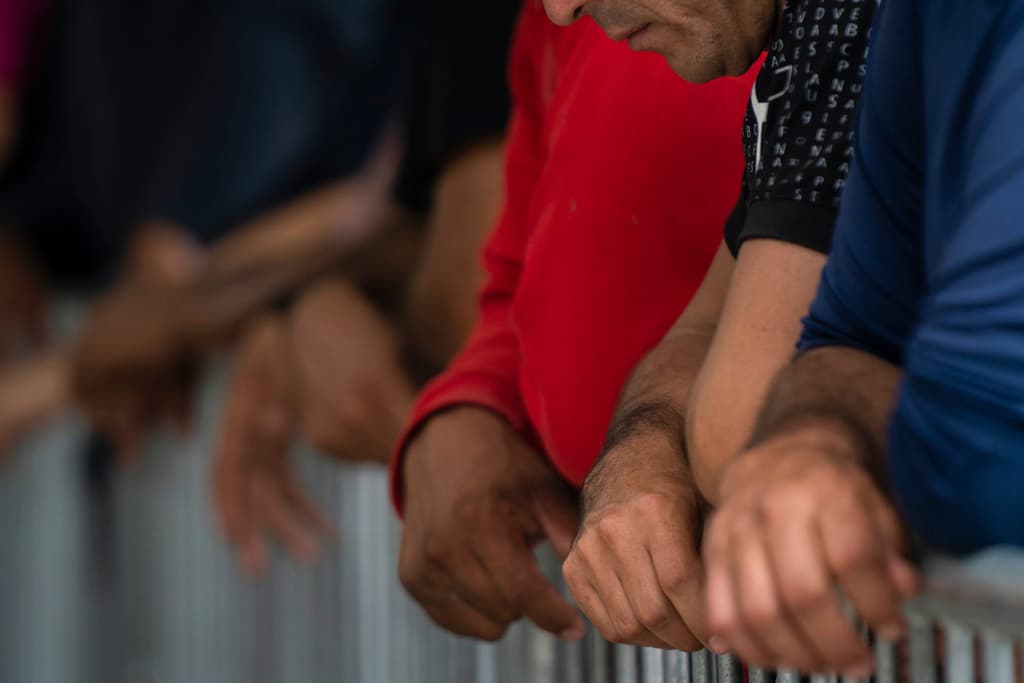At Least 150,000 Migrants Massed on Mexican Side of Border Awaiting a Chance To Enter America
In 20 years of living in Ciudad Juarez, the director of one shelter for migrants says he has never seen the city as crowded as it has been this week.

As the end of the Title 42 era nears, Mexican towns south of the border are struggling to cope with migrants crowding the streets in the hope of gaining access to America.
Please check your email.
A verification code has been sent to
Didn't get a code? Click to resend.
To continue reading, please select:
Enter your email to read for FREE
Get 1 FREE article
Join the Sun for a PENNY A DAY
$0.01/day for 60 days
Cancel anytime
100% ad free experience
Unlimited article and commenting access
Full annual dues ($120) billed after 60 days

